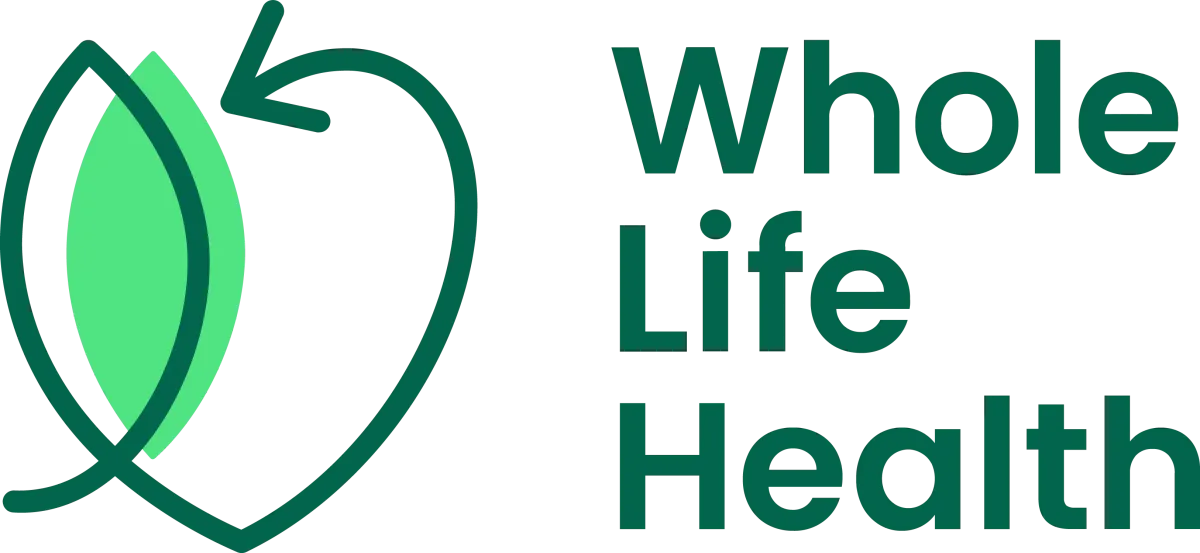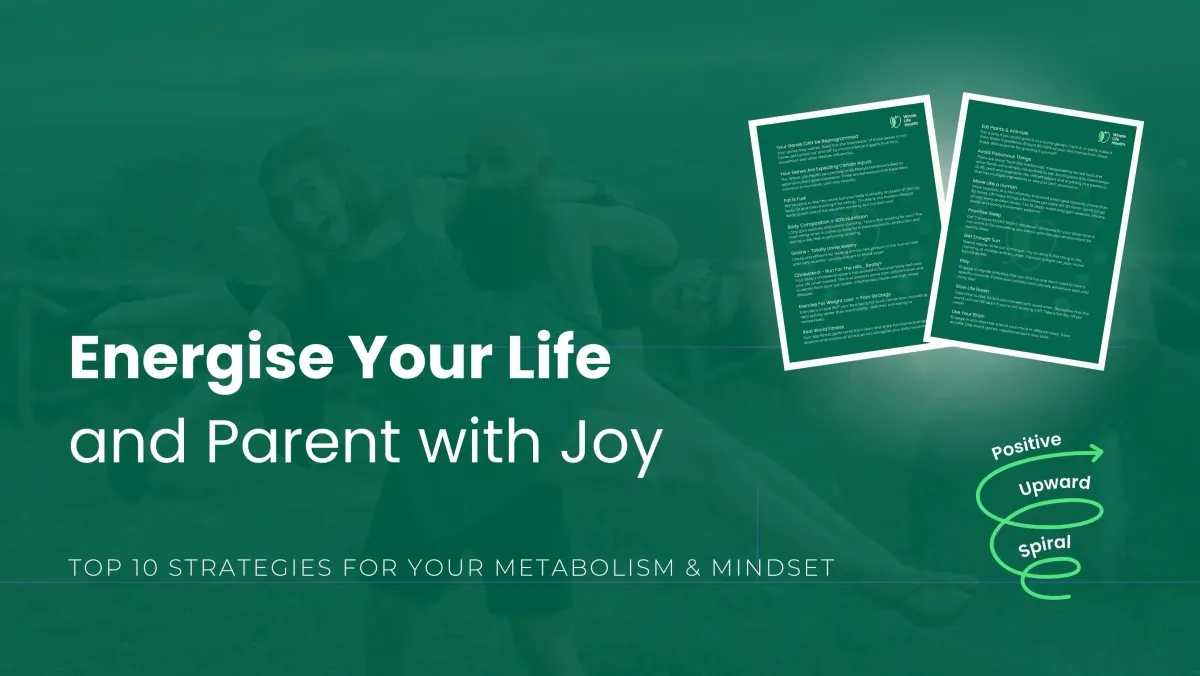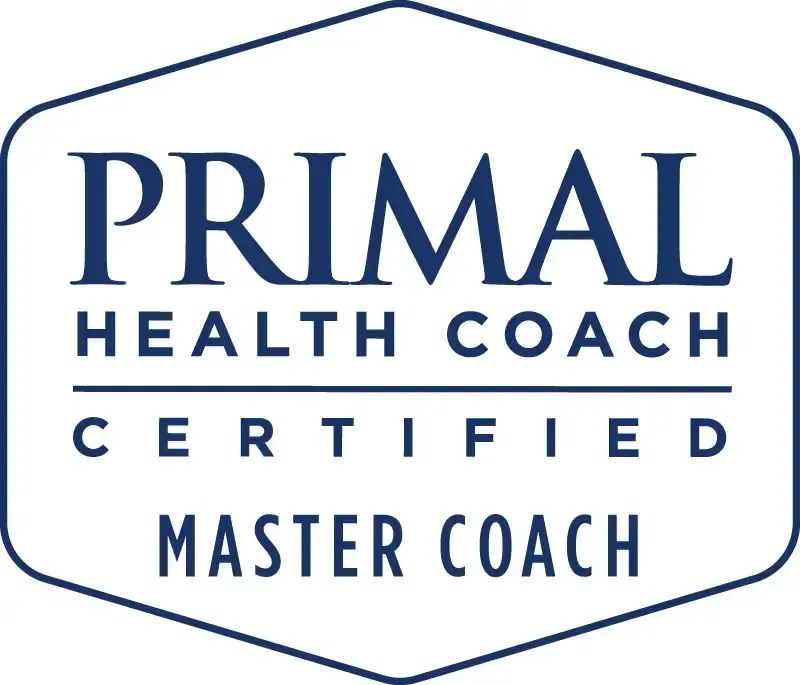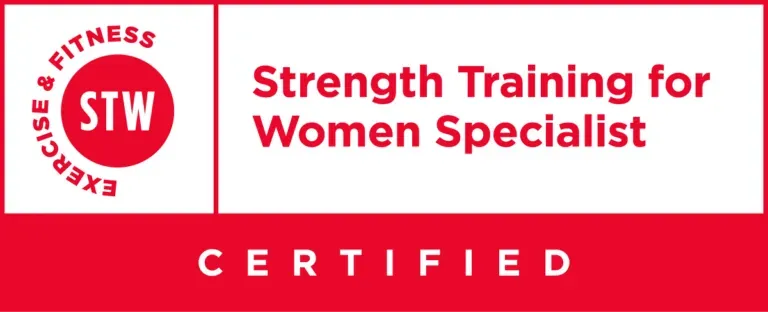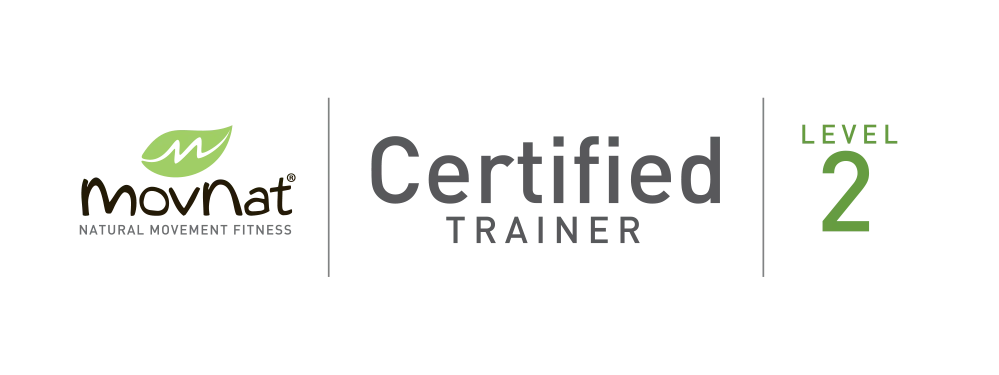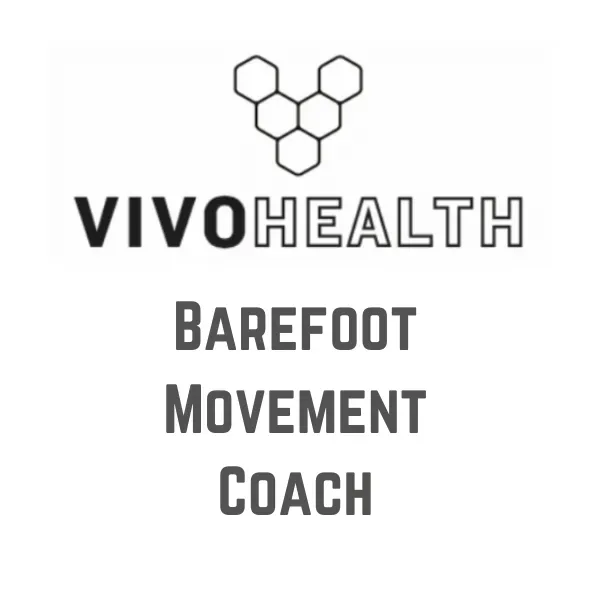
Why Your Body Holds on to Fat (and How to Change the Signals)
The reframe: your body isn’t the enemy
If you’ve ever eyed a 3pm donut and thought, “I’m failing,” here’s the deal: your body is doing its best with the signals it’s getting. It isn’t stubborn; it’s sensible. Before you reach for the Ozempic, realise that when life looks like late screens, rushed school runs, low protein, and constant stress, your body reads the room and says, store fuel and protect me. That’s not sabotage—it’s survival.
We’re not a closed tin can under a flame (like a calorie counter). We’re a 'open thermodynamic system' (see, my sports science degree wasn't totally wasted). Change the inputs and your “calories” start behaving differently.
Epigenetics in plain English
Epigenetics is how your environment (sleep, food, light, movement, stress) nudges genes to turn on or off / up or down—no DNA change required. Think of it as a mixing desk for your biology where the mix you run most of the time becomes your 'default soundtrack', like the needle has worn too deep a groove in the record (I'm don't know how than translates for a generation streaming music content... nor do I care, go look up the old man reference if you need to).
Signals that say “we're stressed store the fat”
Low protein + easy carbs → frequent spikes and dips without deep nutrition; more hunger, more easy storage
Chronic stress + poor sleep → higher cortisol; reduced insulin sensitivity
Low muscle mass → fewer places to park glucose usefully and lower reserves for genuine full-body efforts
Indoor life, low daylight → circadian drift, low vitamin D; cravings and energy swings to fill in the gaps in cellular energy
Liquid calories + mindless snacking → easy intake, little satiety (stop drinking your damn food!)
Signals that say “we're safe - use the stored fat”
Protein-forward meals (30–50g per adult) → steadier appetite, better blood sugar, nutrition for genuine recovery.
Strength work (2–3×/week) → more muscle, better insulin sensitivity
Daily movement snacks (walks, squats, carries) → burn without flogging yourself
Sleep rhythm + morning light → better hormones, fewer cravings, deep cellular energy
Real-food fats (olive oil, butter, avocado, oily fish) → satiety without the crash
Let’s retire “calories in vs calories out” (the bomb-calorimeter myth)
Energy balance isn’t wrong, it’s just incomplete. Humans aren’t sealed devices—we adapt. The same labelled calories can be burned, stored, or excreted differently depending on the broader signals our body receives. Even the very calorie delivery mechanism (type of food) carries information that affect our genetic switching... but we don't even need to go down that rabbit hole to see just how flawed basic maths is when it comes to body composition...
Why “calories” act differently in real humans:
Thermic effect of food (TEF). Protein costs 20–30% of its own calories just to digest; carbs 5–10%; fat 0–3%. Swap macros and you change net energy and satiety—without changing the number on the label.(1)
NEAT (the fidget factor). Spontaneous movement and posture changes can swing daily expenditure by huge amounts between similar-sized people—often hundreds—shifting “energy out.” (2)
Metabolic adaptation. After weight loss (or calorie restiction), resting metabolism can fall beyond what size loss predicts—and persist for years—moving the goalposts for maintenance. (3) This is why so many people are only eating 1500kcals and feel like crap!
Absorption & excretion. Whole, high-fibre foods (e.g., nuts) can yield less metabolisable energy than labels suggest because more energy leaves in stool. (4)
Partitioning & composition. With equal calories, your wider life context can change where energy goes (fat vs. lean tissue vs. heat generation vs. moving more... the list goes on). Even in tightly controlled calorie-matched lab settings, simple food quality swaps can shift fat loss and energy expenditure. (5,6)
Bottom line: you’re not a bomb calorimeter; you’re a living, learning system. Change the signals (protein, muscle, light, sleep, movement, timing) and your “calorie economics” change with them.
The 3pm crash playbook (nourish and de-stress)
When that slump hits, don’t white-knuckle it, or worse, keep feeding it—change the inputs.
Check your last protein hit. If breakfast/lunch were light, add 200–250g Greek yoghurt, a tin of fish, boiled eggs, or leftover meat.
Add fibre + colour. Berries, apples, flax, chia, psyllium husk.
Move 5–10 minutes. Brisk walk, 20 bodyweight squats, or a few loaded carries.
Breathe down the stress. 4–6 slow nasal breaths; long, gentle exhales.
Caffeine cut-off. After 1–2pm, switch to decaf or herbal so you sleep well tonight.
Light fix. Step outside (barefoot) and get some real daylight; it’s free metabolic medicine (no, that's not hyperbole, the science backs it up and you can just 'feel it'... feelings are feedback).
A simple template for steady days
Build your plate:
Half: colourful veg (+ some fruit)
Quarter: protein (meat, fish, eggs, dairy)
Quarter: supportive carbs (roots, squash, fruit)
Fats: cooked with or added (olive oil, butter, avocado, coconut, oily fish)
Weekly anchors:
2–3 strength sessions (push, pull, hinge, squat, carry)
Daily zone-2 style movement (walks, cycles, play)
10–15 minutes outside soon after waking (repeat at midday and last-light)
A wind-down routine (same time, low light, phone away)
Common “gotchas” that keep storage switched on
Under-eating protein but over-sipping calories (oat lattes, juices, smoothies... can't believe I used to run a podcast about smoothies...)
Weekend “rewards” undoing weekday rhythm (not moralising—just rhythms)
Cardio only, no lifting (muscle = beneficial hormonal tissue, glucose sink, impact buffer... the list goes on)
All-or-nothing streaks (imperfect action beats waiting for [insert your excuse])
FAQs
Isn’t fat loss just calories in vs calories out?
Energy balance matters, but what you eat changes hunger, hormones, absorption, and how easy it is to keep that balance. Protein, fibre, real-food fats, sleep, and strength training make “CICO” liveable or disastrous—and make the same “calories” behave differently. (See points above.)
Do I have to cut carbs?
No. Prioritise protein first, choose supportive carbs (roots, fruit, squash), and pair them with protein and fat. Many feel best with carbs around training or evenings.
How long until I feel different?
Often within 1–2 weeks: steadier energy/cravings, better sleep. Visible body-composition shifts are common in 4–8 weeks when you’re consistent with food, movement and wider lifestyle.
What about fasting?
Useful for some, unhelpful for others. If you’re highly stressed, under-sleeping, or under-eating protein, fix those first. Then experiment gently (12–14 hours overnight is plenty for many). An early daytime eating window has improved metabolic markers even without weight loss. (7)
Geeky Stuff
Westerterp, K.R. (2004) ‘Diet induced thermogenesis’, Nutrition & Metabolism, 1, 5. Available at: https://pmc.ncbi.nlm.nih.gov/articles/PMC524030/
Levine, J.A., Vander Weg, M.W., Hill, J.O. and Klesges, R.C. (2006) ‘Non-exercise activity thermogenesis: The crouching tiger hidden dragon of societal weight gain’, Arteriosclerosis, Thrombosis, and Vascular Biology, 26(4), pp. 729–736. Available at: https://www.ahajournals.org/doi/10.1161/01.atv.0000205848.83210.73
Fothergill, E. et al. (2016) ‘Persistent metabolic adaptation 6 years after “The Biggest Loser” competition’, Obesity, 24(8), pp. 1612–1619. Available at: https://pmc.ncbi.nlm.nih.gov/articles/PMC4989512/
Novotny, J.A., Gebauer, S.K. and Baer, D.J. (2012) ‘Discrepancy between the Atwater factor predicted and empirically measured energy values of almonds in human diets’, The American Journal of Clinical Nutrition, 96(2), pp. 296–301. Available at: https://ajcn.nutrition.org/content/96/2/296.full.pdf
Hall, K.D. et al. (2015) ‘Calorie for calorie, dietary fat restriction results in more body fat loss than carbohydrate restriction in people with obesity’, Cell Metabolism, 22(3), pp. 427–436. Available at: https://www.cell.com/fulltext/S1550-4131(15)00350-2
Bray, G.A. et al. (2012) ‘Effect of dietary protein content on weight gain, energy expenditure, and body composition during overeating: a randomized controlled trial’, JAMA, 307(1), pp. 47–55. Available at: https://jamanetwork.com/journals/jama/fullarticle/1103993
Sutton, E.F. et al. (2018) ‘Early Time-Restricted Feeding Improves Insulin Sensitivity, Blood Pressure, and Oxidative Stress Even Without Weight Loss in Men with Prediabetes’, Cell Metabolism, 27(6), pp. 1212–1221.e3. Available at: https://pmc.ncbi.nlm.nih.gov/articles/PMC5990470/
